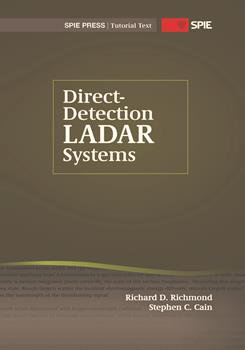|
RADAR (RAdio Detection And Ranging) is the process of transmitting, receiving, detecting, and processing an electromagnetic wave that reflects from a target. RADAR was first developed by the German Army in 1935. As theoretical and technical developments continued, RADAR techniques and applications expanded into almost every aspect of the modern world. One area of that technical development was in the wavelength of the transmitted signal, first in the 50-cm range and later down into the millimeter and microwave regions. Pulsed light sources and optical detectors were first used in 1938 to measure the base heights of clouds. The acronym LiDAR (LIght Detection And Ranging) was first used in 1953, and the 1962 development of high-energy or Q-switched pulsed lasers made such sources available for LiDAR applications. In 1963, Fiocco and Sullivan published work on atmospheric observations using a ruby laser. Since that time, laser-based sensors have demonstrated most, if not all, of the same functions as radio frequency (RF) or microwave RADAR. The National Institute of Standards and Technology (NIST) adopted the term LADAR (LAser Detection And Ranging) for these laser-based RADAR-type systems. That term will be used in this text. |
|
|


